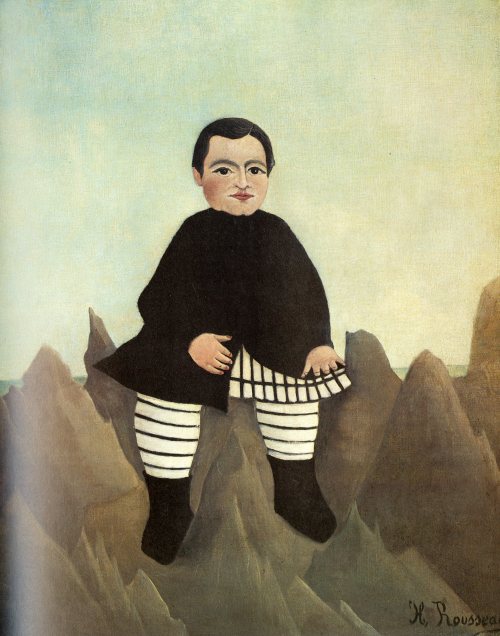
A game of poem-tag started the other day over at Facebook, with friends tagging each other and assigning poets to each other. The only rule? You had to post a poem by your assigned poet. The goal? To blanket Facebook with poetry…and why not? Poetry makes a pretty nice blanket on a brrrrr-ish winter day.
So far, I’ve had two people tag me, one asking for a poem by poet Ruth Stone, the other asking for one by Kay Ryan – lucky me, because I love both those poets. Below I’ve posted the poem I chose by Ruth Stone (“A Cabbage.”) In turn, I’ve asked some Facebook friends to post poems by Linda Bierds, Linda Gregg, Catherine Wing, Steven Kuiisisto and Raymond Carver (yes, he wrote poetry before he ever wrote fiction.)
Though I’m not a huge fan of Facebook (nervous about the way it’s used to track certain things about its users – I’m not attentive to it, not even quite comfortable with it) I do use it to link to my posts here at Books Around the Table and to my personal blog, The Drift Record. It’s easy to trash Facebook and say that the “friendships” are artificial, and I suppose they can be. But they can be more, too.
What I like about Facebook is the sense of community it can generate quickly, as is the case with the sudden game of poetry tag or the occasional call for political action. Sure, I have my own friends in my life on a daily basis – my friendship with them has the patina that comes with rubbing elbows over and over. But there are “friends” out there that I’ve never met, friends who share my enthusiasm for a good poem or who ask interesting questions about writing, art, life, whatever. I don’t care if their friendship comes to me online – that’s fine. Writing can be isolating – and I’m comfortable with my friends arriving via different modes of delivery. I like the connective tissue that gets formed no matter how we meet.
Some of these Internet-only friends are beginning to feel very real – one in Italy I hope to visit some day, another one whose three blogs consistently appeal to me – she’s smart as heck and very energetic, and she loves poetry. I have the feeling we would be good friends if she lived close by – once upon a time that was the only way to become close.
I’ve never met some of the writers who participate in Poetry Friday (hosted by Keri at Keri Recommends this week) but I sometimes find myself thinking “I wish I knew this person,” and I suspect that between the two of us we’ll make that meeting happen. We’ll shake hands at a Writers Conference one day and feel immediately like old friends.
A Facebook friendship is not unlike the relationship that developed between avid reader Helene Hanff and used bookseller Frank Doel (described in Hanff’s book 84 Charing Cross Road – made into a sweet film with Anne Bancroft and Anthony Hopkins.) An ocean separated them, but they were close friends thanks to the letters they exchanged. I do envy them those letters, mostly for the handwriting – I miss handwritten letters. But now it’s keyboards, and the ocean is virtual – and that’s okay with me. Sometimes the aggressiveness of 21st-Century technologies drives me absolutely crazy – everything coming at me too fast, too blurred. But certain things about it are useful. I spent time reading Ruth Stone and Kay Ryan on Wednesday because of friends on Facebook. I can live with that.
Here’s the poem by Ruth Stone, mentioned above. Hope you like it. It speaks to me in cabbage language.
A Cabbage
You have rented an apartment.
You come to this enclosure with physical relief,
your heavy body climbing the stairs in the dark,
the hall bulb burned out, the landlord
of Greek extraction and possibly a fatalist.
In the apartment leaning against one wall,
your daughter’s painting of a large frilled cabbage
against a dark sky with pinpoints of stars.
The eager vegetable, opening itself
as if to eat the air, or speak in cabbage
language of the meanings within meanings;
while the points of stars hide their massive
violence in the dark upper half of the painting.
You can live with this.
— Ruth Stone






































